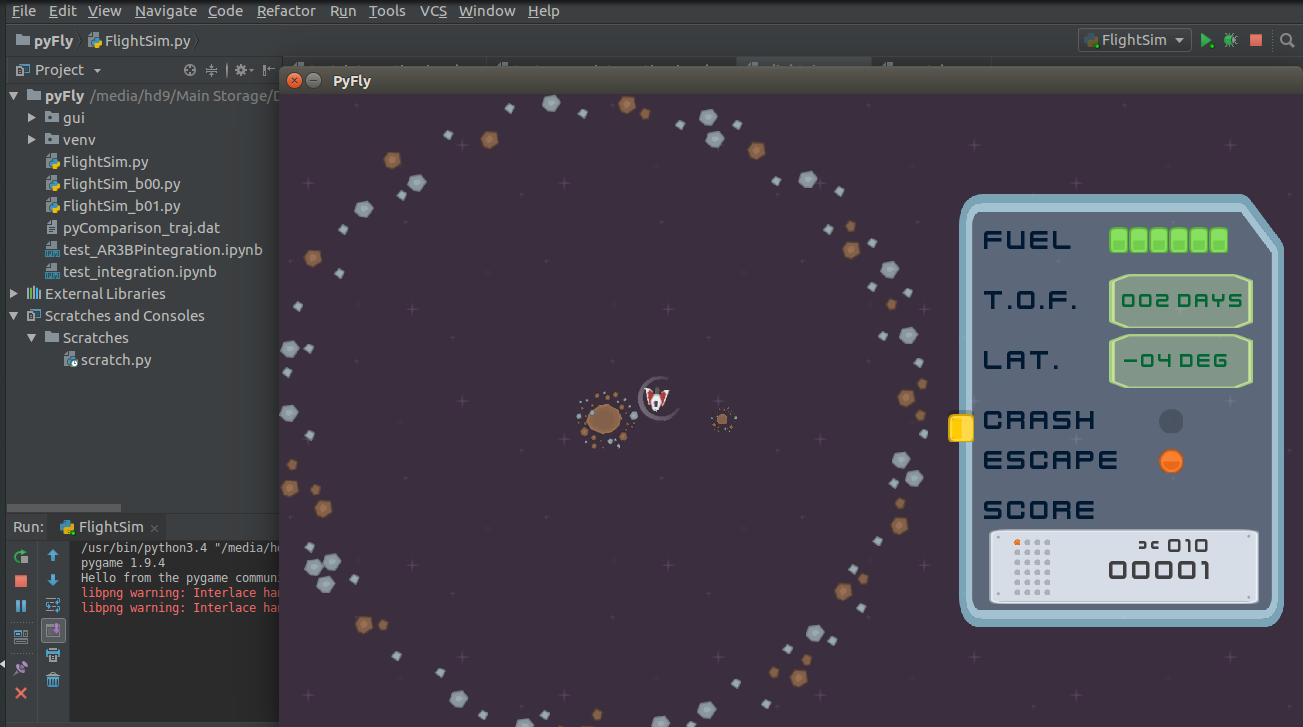Bringing Human Intelligence into Guidance Algorithms
via Interactive Astrodynamics
 Robust path-planning strategies for autonomous space exploration may stem from observing human agent behavior in online spacecraft trajectory control and from large-scale collection of simulated flight dynamics. Large amounts of information can be collected by developing and using interactive tools for astrodynamics, such as flight simulators. In a flight simulator, a human agent can substitute or cooperate with the guidance algorithm to respond to unpredicted events or to make opportunistic decisions. Classical guidance schemes are often tailored to point-solution applications and are seldom as adaptive as human intelligence. A database of human path-planning decisions can be used to incorporate human adaptive guidance ability into an autonomous guidance algorithm for a spacecraft with the support of apprenticeship or reinforcement learning. Deep space probes that integrate apprenticeship guidance can be utilized for agile and economic prospecting of asteroids and other uncharted destinations.
Robust path-planning strategies for autonomous space exploration may stem from observing human agent behavior in online spacecraft trajectory control and from large-scale collection of simulated flight dynamics. Large amounts of information can be collected by developing and using interactive tools for astrodynamics, such as flight simulators. In a flight simulator, a human agent can substitute or cooperate with the guidance algorithm to respond to unpredicted events or to make opportunistic decisions. Classical guidance schemes are often tailored to point-solution applications and are seldom as adaptive as human intelligence. A database of human path-planning decisions can be used to incorporate human adaptive guidance ability into an autonomous guidance algorithm for a spacecraft with the support of apprenticeship or reinforcement learning. Deep space probes that integrate apprenticeship guidance can be utilized for agile and economic prospecting of asteroids and other uncharted destinations.
Figure: Developing a spacecraft flight simulator for binary asteroid environments.
 Robust path-planning strategies for autonomous space exploration may stem from observing human agent behavior in online spacecraft trajectory control and from
Robust path-planning strategies for autonomous space exploration may stem from observing human agent behavior in online spacecraft trajectory control and from 